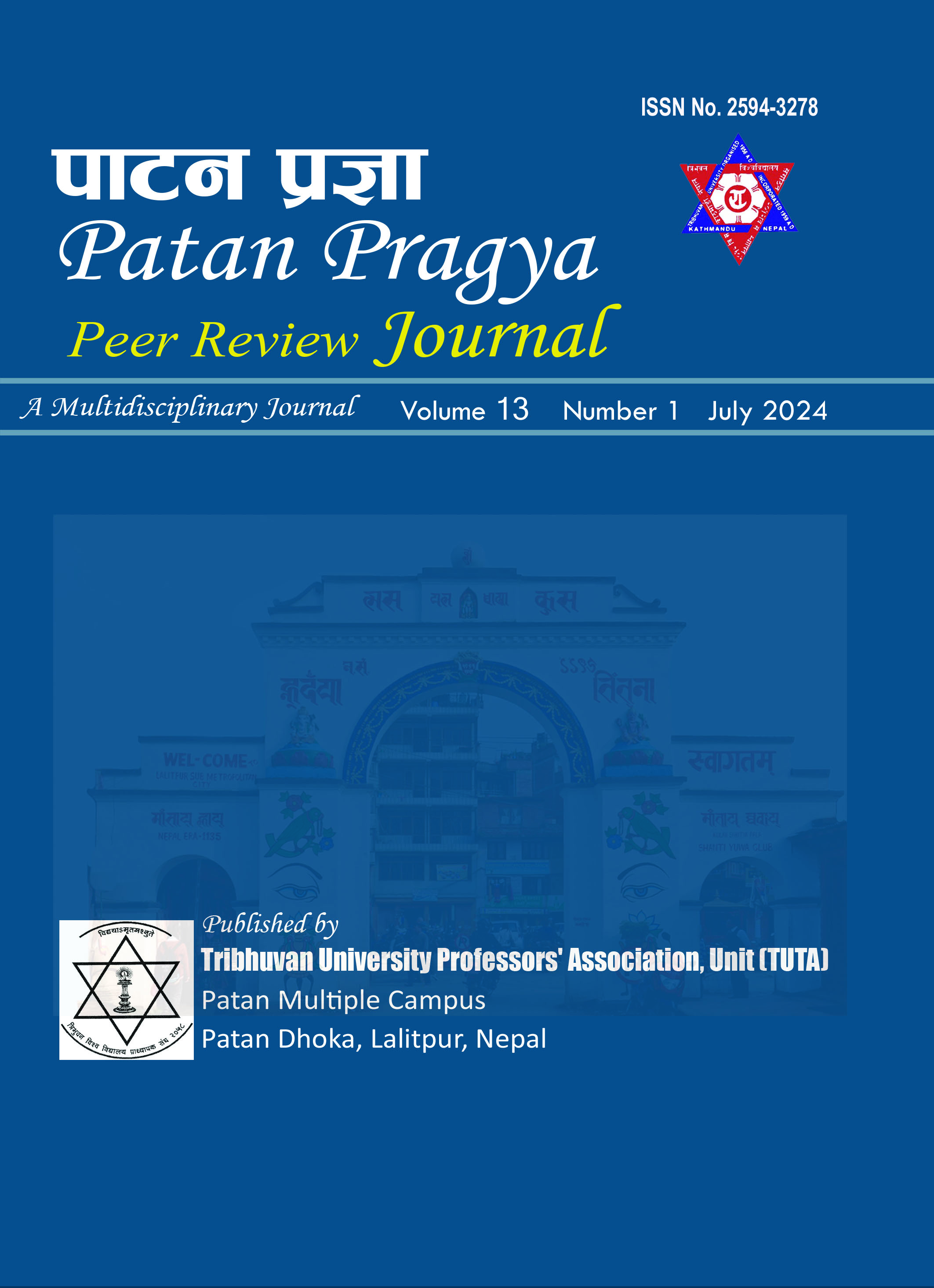Impact of Foreign Direct Investment (FDI) on Economic Development: Evidence from Nepal (1995-2020)
DOI:
https://doi.org/10.3126/pragya.v13i1.71181Keywords:
Unit Root Test, Time Series Analysis, Co-integration Test, VECM, Granger Causality TestAbstract
This article examines the connection between Foreign Direct Investment (FDI) and economic development of Nepal from 1995 to 2020. Utilizing econometric models, the article analyzes the impacts of FDI advents on various economic indicators are GDP, employment, and technological advancement. This paper concludes that FDI has a positive impact on economic growth, several structural, and policy-related barriers have impeded its full potential. The paper has been designed in both analytical and descriptive nature. Data from secondary sources, including the Ministry of Finance and Nepal Rastra Bank, have been used to measure the variables. The data were analyzed with E-views in order to be interpreted. The model's co-integration was validated using the Johansen Co-integration Test findings. There was no evidence of a long-term connection from the positive and insignificant VECM coefficient. Still, a causal short-term association was exposed between GDP and GFCF. There are three types of causality: one-way between GDP and FDI, two-way among GFCF and GDP, and GFCF and FDI, were all established by the Granger causality test. The outcomes display how statistically significant the model is over-all. Also, GFCF and GDP presented a strong association (p-value = 0.0334). GFCF explained 78.53% of GDP has no link between FDI and GDP.
Downloads
Downloads
Published
How to Cite
Issue
Section
License
© Tribhuvan University Teachers' Association (TUTA), Patan Multiple Campus Unit

